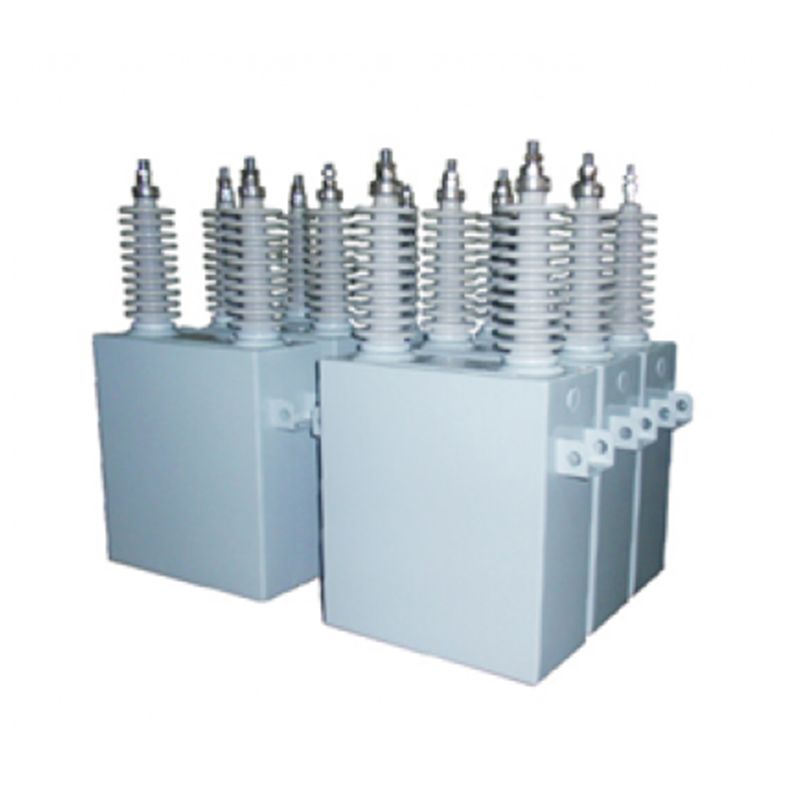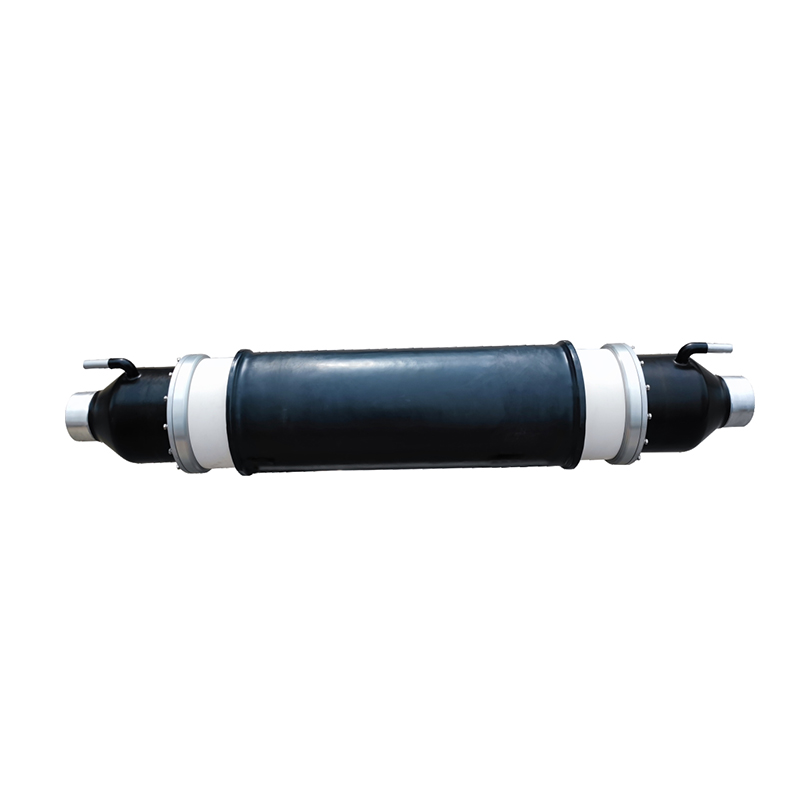Understanding Different Types of Electrical Safety Devices and Their Uses
In the electrical industry, safety is of very importance. With the inherent risks associated with working around electricity, utilizing appropriate electrical safety devices is crucial for protecting workers and ensuring a safe working environment.
Electrical safety devices encompass a wide range of equipment designed to protect both workers and the public from electrical hazards. These devices include circuit breakers, fuses, ground fault circuit interrupters (GFCIs), and residual current devices (RCDs). Each of these components plays a vital role in preventing electrical faults and reducing the likelihood of electrical shocks or fires.
Circuit Breakers and Fuses are among commonly used electrical safety devices. They serve as line of defense against overcurrent situations that can cause electrical fires. Circuit breakers automatically interrupt the flow of electricity when they detect an overload or short circuit, while fuses perform a similar function by melting when excessive current passes through them. Understanding the specifications and appropriate applications of these devices is essential for maintaining electrical safety in homes and workplaces.
Ground Fault Circuit Interrupters (GFCIs) are another critical component in electrical safety. Designed to protect against ground faults, GFCIs monitor the electrical current flowing through a circuit and shut it off if an imbalance is detected. This feature is particularly important in wet environments, such as bathrooms and kitchens, where the risk of electric shock is higher. Installing GFCIs in these areas is a vital step in ensuring safety and compliance with electrical codes.
Residual Current Devices (RCDs) function similarly to GFCIs but offer additional protection by monitoring the current flowing through the live and neutral wires. If an imbalance occurs, indicating that current is leaking to the ground, the RCD will trip and disconnect the power supply. RCDs are essential for safeguarding both people and property from electrical hazards, making them a valuable addition to any electrical system.
While electrical safety devices are critical, they should be used in conjunction with proper electrical safety PPE. Electrical safety PPE includes a variety of protective gear, such as insulated gloves, dielectric boots, face shields, and hard hats. These items are designed to protect workers from electric shocks, burns, and other injuries that may occur while working on or near live electrical systems.
Electrical safety tools also play a crucial role in ensuring safe work practices. Insulated hand tools, for example, are specifically designed to prevent electrical contact while performing tasks. These tools are tested to withstand high voltages, providing an additional layer of protection for electricians. When selecting tools, it's essential to choose those that meet safety standards and are rated for the specific voltage levels encountered during electrical work.
The integration of electrical safety devices with proper PPE and tools is vital for creating a comprehensive safety strategy. For instance, while GFCIs and RCDs provide automatic protection against faults, workers must still wear appropriate electrical safety PPE to safeguard against potential hazards. Additionally, using electrical safety tools ensures that tasks can be completed without increasing the risk of accidents.
Training and awareness are equally important components of electrical safety. Workers must be educated on the correct use of electrical safety devices, the importance of PPE, and the proper handling of electrical safety tools. Regular training sessions can reinforce safety protocols and ensure that employees are familiar with the latest technologies and best practices in the industry.
Moreover, routine inspections and maintenance of electrical safety devices are crucial for ensuring their effectiveness. Circuit breakers, GFCIs, and RCDs should be regularly tested to confirm they are functioning properly. This proactive approach helps identify potential issues before they cause accidents or failures.
The understanding the various types of electrical safety devices and their uses is essential for anyone working in the electrical field. From circuit breakers and GFCIs to RCDs, these devices play a pivotal role in protecting both workers and the public from electrical hazards. Coupled with appropriate electrical safety PPE and tools, they create a robust safety framework that minimizes risks. As technology evolves, staying informed about the latest advancements in electrical safety will continue to be a priority for professionals in the industry.
Recommended Products
The variety of models, to meet the development needs of various regions in the world.
-
Add: No. 508, Dongye Road, Dongjing Town, Songjiang District, Shanghai
-
Tel: +86-13757652508
-
E-mail: [email protected]
 English
English 中文简体
中文简体 русский
русский Español
Español عربى
عربى










